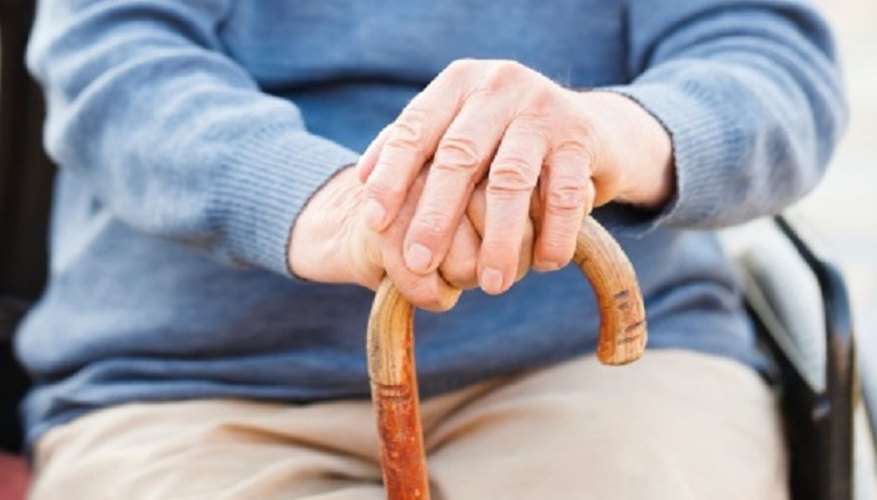As most hikers know, a walking stick can be a beneficial multipurpose tool. The main function of a walking stick is to provide stability and leverage, but it can be used to clear pathways, prop up camping equipment or to reach items. Although walking sticks can be made from a variety of materials, many people prefer traditional wood. Whether you make your own or you plan on buying a walking stick, using the strongest wood for the job is essential.
Oak
Oak is one of the most common choices for walking sticks for a number of reasons. This common wood is very strong and easily found in most areas. If you are purchasing the wood, it is likely to be the most economical, too. The combination of strength and light weight makes it a popular choice for walkers.
- Oak is one of the most common choices for walking sticks for a number of reasons.
- The combination of strength and light weight makes it a popular choice for walkers.
Hickory
Hickory is one of the strongest woods available and can make an excellent walking stick. Because it is also flexible, it is the top choice for tool handles, as well, and will hold up for many years. Hickory canes are often the best choice for individuals who are very tall or overweight. Because it is so hard, it can be difficult to carve and is more expensive than many other types of wood.
- Hickory is one of the strongest woods available and can make an excellent walking stick.
- Because it is also flexible, it is the top choice for tool handles, as well, and will hold up for many years.
Diamond willow
Because of its slow growth, the diamond willow is a hard wood with an attractive pattern. It's a favourite of carvers because it is softer than most hard woods, but it is amazingly strong and flexible. Diamond willow's light weight is also a factor in its popularity.
Iron wood
Iron wood lives up to its name: It's one of the hardest woods available. It can make an extremely strong walking stick, but there are some disadvantages. It is very hard to carve, so if you are making your own stick, be prepared to put some elbow grease into it. It is also very heavy, so it isn't the best choice for many people.
- Iron wood lives up to its name: It's one of the hardest woods available.
- It is very hard to carve, so if you are making your own stick, be prepared to put some elbow grease into it.
Other considerations
Besides the actual species of wood, there are other factors to consider for a strong walking stick. For maximum strength, the finished height of the stick should be about 30 cm (a foot) shorter than the walker and feel comfortable. It should be 3.75 to 5 cm (1 1/2 to 2 inches) across and have a balanced feel to avoid putting too much stress on a certain area. Although knots add character, they can also compromise strength, so they should be kept to a minimum. It may be tempting to use pine or other softwoods because of availability, but the strongest walking sticks are made from hardwoods.
- Besides the actual species of wood, there are other factors to consider for a strong walking stick.
- It may be tempting to use pine or other softwoods because of availability, but the strongest walking sticks are made from hardwoods.
